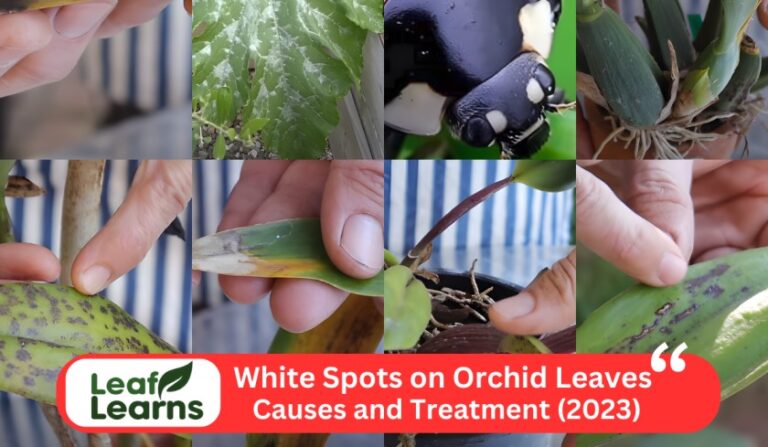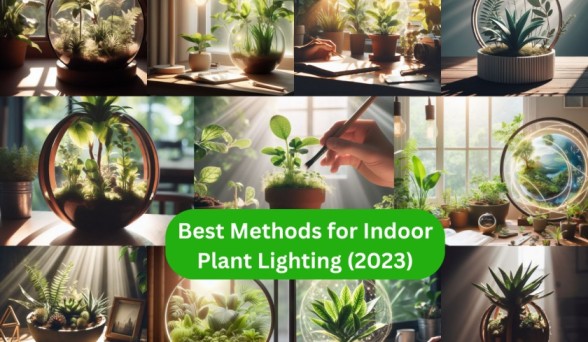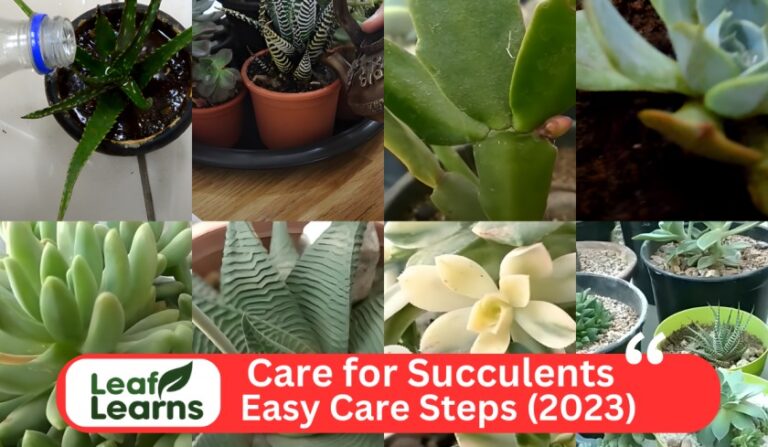Indoor Plant Temperature Management: Tips for Greenery (2023)
Indoor plant must be managed at the proper temperature to be healthy and flourish. Indoor Plant Temperature can be managed for proper Growth. Indoor plants have specific temperature requirements that must be fulfilled in order for them to grow well, just like outside plants. Because most of indoor plants come from tropical or subtropical areas, they are used to regular warm.
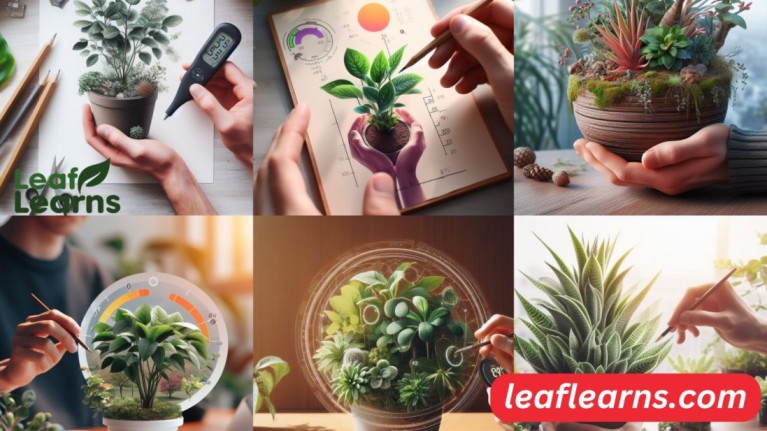
Indoor plants usually enjoy day time temperatures of 70°F to 80°F and a little colder night time temperatures of 60°F to 68°F. These variations in temperature stimulate healthy growing and colorful leaves.
Changes in temperature must be prevented because they can stress indoor plants and cause problems like fallen leaves or slower development. The solution is to keep plants out of droughts and away from heat sources like heaters or air conditioning ducts in order to maintain a constant environment.
Monitoring and regulating the inside temperature improves air quality and creates a more comfortable living environment while helping to make your plants look their best.So, In this Article I will tell you all about Indoor plant Temperature:
Contents
- 1 Ideal Temperature Conditions for Houseplants
- 2 Why Does Temperature Matter?
- 3 Temperature Fluctuations
- 4 What Temperature Do Plants Require?
- 5 Temperature Range for Optimal Growth
- 6 Managing Temperature for Indoor Plants
- 7 Indoor Plant Types and Temperature Preferences
- 8 Indoor Gardening and Temperature Control
- 9 Temperature-Related Accessories and Tools
- 10 Tips for Warning Signs, Reasons, and Prevention
- 11 Optimal Temperature Management for Thriving Indoor Plants
- 12 FAQs
Ideal Temperature Conditions for Houseplants
Houseplants have several advantages, like boosting indoor air quality, enriching your living environment, and lowering stress.
This article investigates the relationship between temperature and plant development, defines the appropriate temperature range (69.8-80.6°F or 21-27°C), and provides climate management advice for happy indoor plants throughout the difficult winter months.
Why Does Temperature Matter?
The development and health of indoor plants are greatly influenced by temperature. Your houseplants’ health depends on your understanding of their temperature requirements.
Temperature fluctuations or inadequacies can cause problems like fallen leaves or stunted development. To ensure that your indoor plants flourish and stay healthy, it’s essential to maintain the ideal indoor temperature.
A comfortable living environment and good plant development are both influenced by proper temperature regulation.
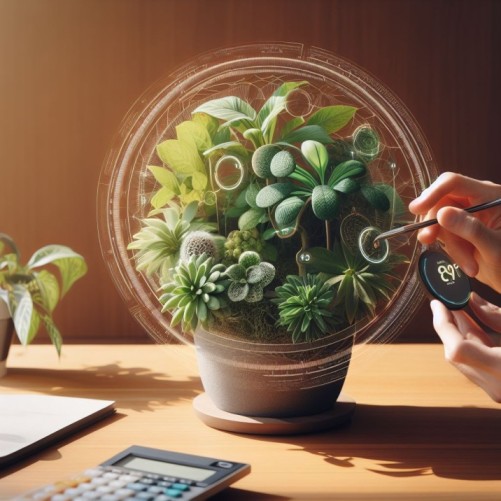
Temperature Fluctuations
Temperature changes may be stressful for indoor plants, which can result in problems like leaf loss or slower development.
Protecting your plants from abrupt temperature swings is crucial for promoting maximum health and growth.
Monitoring and controlling interior temperatures not only enhances the appearance of your indoor plants but also creates a healthier living environment.
What Temperature Do Plants Require?
The ideal temperature must be maintained for indoor plants to flourish. Although different plants have different ideal temperatures, most thrive between 70°F and 80°F during the day and a slightly lower 60° to 68°F at night.
Temperature Requirements for Specific Plants
Although outstanding indoor plants, anthurium, dipladenia, and kentia each have specific temperature requirements. For example, anthurium thrives in surroundings with temperatures over 65°F (18°C) and may not survive cooler ones.
While Dipladenia is more versatile and loves temperatures between 50 and 75 degrees Fahrenheit (10 and 24 degrees Celsius), it is still vulnerable to extremely low temperatures.
The ideal temperature range for Kentia palms is 65–70°F (18–21°C).
The first step in giving these particular indoor plants the proper care is understanding their minimal temperature needs.
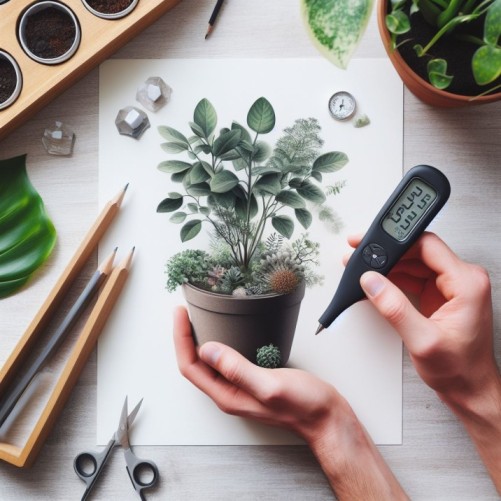
Indoor Plant Temperature Range
The optimal temperature range for typical indoor plants like yucca and plante zz will now be the subject of our discussion.
Yucca, a favourite among many plant lovers, thrives in temperatures between 60 and 80 degrees Fahrenheit (15 and 27 degrees Celsius), making it relatively tolerant of different interior circumstances.
In contrast, the hardy plant known as plante zz, or Zamioculcas zamiifolia, can resist temperatures as low as 65°F (18°C) and as high as 75°F (24°C).
You can make your indoor garden a lively and healthy refuge by following these advised temperature ranges and ensuring that these indoor plants not only survive but thrive in your care.
Temperature Range for Optimal Growth
General Temperature range for healthy plant growth
It’s critical to maintain the proper temperature for the health of your indoor plants. Let’s start by exploring the broad temperature range that supports their healthy growth.
A good temperature range for most indoor plants is between 65 and 75 degrees Fahrenheit (18 to 24 degrees Celsius). The circumstances for photosynthesis, root growth, and general vigour are optimal in this sweet spot.
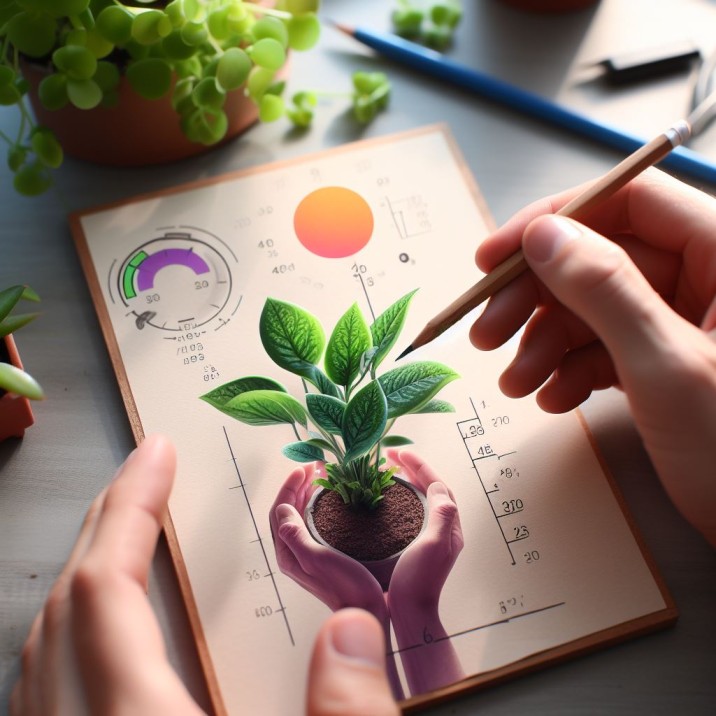
How Temperature Fluctuations affect Indoor Plants
Let’s now talk about the importance of temperature stability. Your plants may get stressed by abrupt temperature changes, which might restrict their development and make them more vulnerable to pests or illnesses.
An indoor garden is healthy and blooming when the temperature is consistent and other elements like light and humidity are also present.
So keep in mind that keeping that constant temperature range is essential for the growth of your indoor plants.
Managing Temperature for Indoor Plants
Creating Indoor Environment and Preventing abrupt Temperature changes
It takes careful planning to avoid sudden temperature fluctuations in order to provide your plants with the perfect indoor climate.
Your plants may be stressed by abrupt temperature changes, which may have an impact on their development and general health.
Consider modifying heating or cooling systems gradually to ensure stability, especially during seasonal changes.
Role of Temperature and Humidity
Temperature is just one factor in caring for indoor plants. For the health of your plants, temperature, humidity, and other environmental conditions are essential.
Your indoor garden is created by the interaction of these elements. Understanding how these factors interact is essential to creating a secure, caring environment for your plants that ensures their health and lush development.
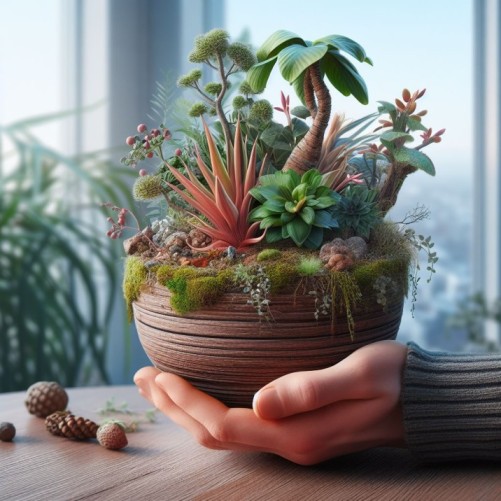
Indoor Plant Types and Temperature Preferences
Indoor Plants: Ideal Temperature Preferences
There are many different varieties of indoor plants, and it is important for their health to understand each one’s specific temperature requirements.
The ideal temperature range for indoor flowers, for example, is often between 65 and 75 degrees Fahrenheit (18 and 24 degrees Celsius). They breathe life and colour into your space, and their growth depends on a warm climate.
Adapting temperature for different plant types
In contrast, foliage plants may thrive in a wider temperature range, from 60 to 75 degrees Fahrenheit (15 to 24 degrees Celsius).
They provide a dash of green beauty to your house and work nicely in a variety of environments. Tropical types enjoy it a little hotter, approximately 70-80°F (21-27°C), matching the temperature of their natural environments, because to their unique attraction.
As with making a custom suit for everybody, various plant kinds require varied temperature conditions to grow in your indoor paradise.
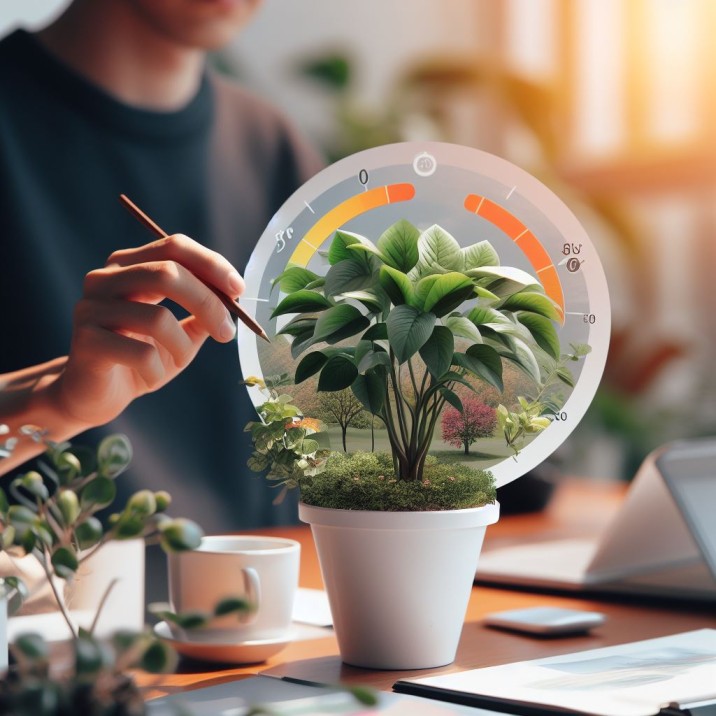
Indoor Gardening and Temperature Control
Indoor Gardening Management and Challenges
The difficulties of managing temperature can occasionally be overwhelming. The ideal environment is crucial for indoor plants, yet keeping it stable can be difficult.
It’s critical to strike the ideal balance between warmth and humidity. Additionally, the constrained area indoors may result in temperature and air quality problems that require careful consideration.
Role of Indoor and Outdoor Greenhouses
Both indoor and outdoor greenhouses play a key part in sustaining the ideal atmosphere. Both kinds of greenhouses have advantages for indoor growers.
For plants that need regulated settings, indoor greenhouses are perfect. Outdoor greenhouses enable greater temperature control for a range of plants and lengthen the growth season.
For effective indoor gardening, these structures offer a haven of climatic stability that makes sure your plants grow in the best circumstances.
Temperature-Related Accessories and Tools
Tools like Temperature kits, Sensors for Temperature Regulation
Accessories and Tools Relating to Temperature are Essential for Your Indoor Plants’ Best Health.
Precise temperature regulation is made possible by investigating instruments like temperature kits, sensors, and control units.
You may carefully monitor and regulate the environmental conditions in your indoor garden with the help of these smart gadgets, ensuring that they remain within the range necessary for plant development.
Temperature Control in Grow Tents and indoor gardens.
Furthermore, these instruments make it simpler to maintain temperature control in grow tents and indoor gardens.
They enable you to produce a micro climate that satisfies the particular temperature requirements of your plants.
You can protect your plants from temperature changes and make sure they grow in a steady, regulated environment by using these accessories.
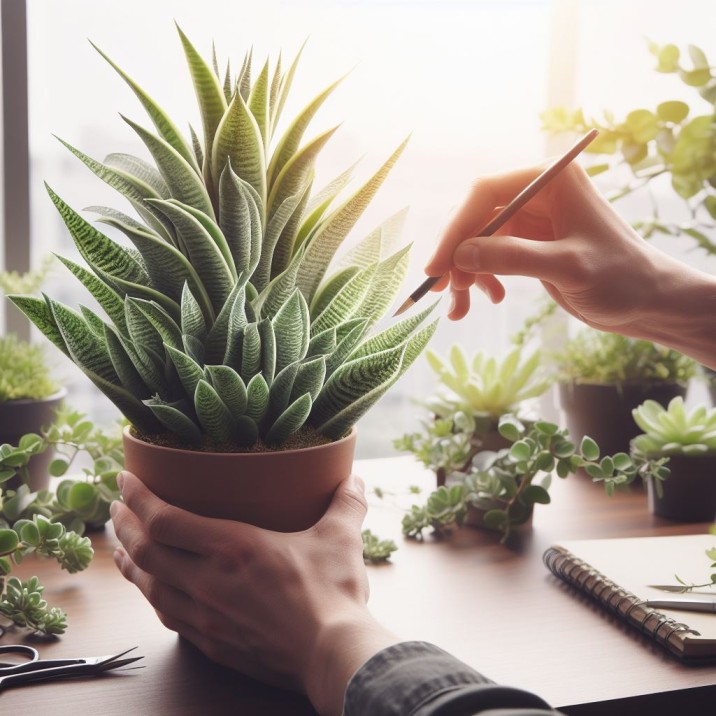
Tips for Warning Signs, Reasons, and Prevention
Signs Your Plants are Too Cold:
Your Plants’ Signs Watch for drooping, discolored foliage, and poor growth in your indoor plants since these are classic indications that the temperature is too low.
What Causes Excessive Cold:
Poor insulation, draughty windows, or being close to air conditioning machines can all cause cold stress. The first step in resolving the problem is to locate these sources.
How to Fix It:
To keep the temperature steady, place plants away from droughts, insulate the windows, or use heaters or heat mats. Your indoor garden will stay healthy and flourish if you keep it cosy.
Signs Your Plants are Too Hot:
Indoor plants under stress from warmth will display yellow, brown, or burned leaves as well as withering or drooping. When your plants appear stressed and dehydrated, take action.
What Causes Excessive Heat:
Direct sunshine, inadequate ventilation, or close closeness to heat sources like radiators in interior situations can all contribute to excessive heat.
How to Fix It:
Improve ventilation, move plants into shade, or use drapes to block sunlight. For warmer environments, consider purchasing a fan or air conditioning. Plant stress must be regularly monitored to avoid overheating.
Optimal Temperature Management for Thriving Indoor Plants
When cultivating indoor plants, maintaining the right temperature is key to their well-being. The temperature range for indoor plants, including anthurium, dipladenia, kentia, yucca, and plante zz, must be carefully managed to ensure optimal growth.
Understanding the temperature requirements for anthurium, kentia, or yucca plants, as well as the temperature range for plant growth in general, is essential. While some indoor plants thrive in lower temperatures, others like indoor flowers or tropical plants may require higher temperatures.
The indoor plant temperature guide helps you navigate the balance. From ananas to anthurium, maintaining the temperature minimum for plante interieur, including temperature autofloraison interieur, is crucial. With indoor plant temperature and humidity control, your indoor plant’s temperature quality and protection can be optimized.
Whether you have indoor money plants or indoor flower plants, managing indoor plant temperature by month is vital. Remember, the temperature effect on indoor plants can impact their overall health, and a properly controlled indoor plant temperature unit, kit, or sensor is your solution for ensuring their thriving growth.
Whether you have an indoor or outdoor greenhouse, understanding the temperature requirements, such as culture indoor temperature trop basse or culture indoor temperature trop haute, is essential. Don’t forget to monitor the temperature box culture and indoor grow temperature control. In the world of indoor gardening, maintaining the right temperature and humidity is your path to success.
FAQs
What is the ideal temperature range for most indoor plants?
Most indoor plants like temperatures between 70-80°F (21-27°C) during the day and 60-68°F (15-20°C) at night.
Why is temperature control important for indoor plants?
Controlling the temperature is essential for indoor plants since it directly affects their development and well being. Inconsistencies like leaf loss and delayed development might result from fluctuations.
What are the signs that your indoor plants may be too cold?
Signs of indoor plants being too cold are drooping, discolored leaves, and slow growth.
How can you fix excessive cold or heat for indoor plants?
Move plants away from droughts, insulate windows, or use heaters to combat extreme cold. Use curtains, ventilation, or go to a shaded area if the heat is too much. Think about using fans or air conditioning when it’s very hot. Plant health requires routine observation.

